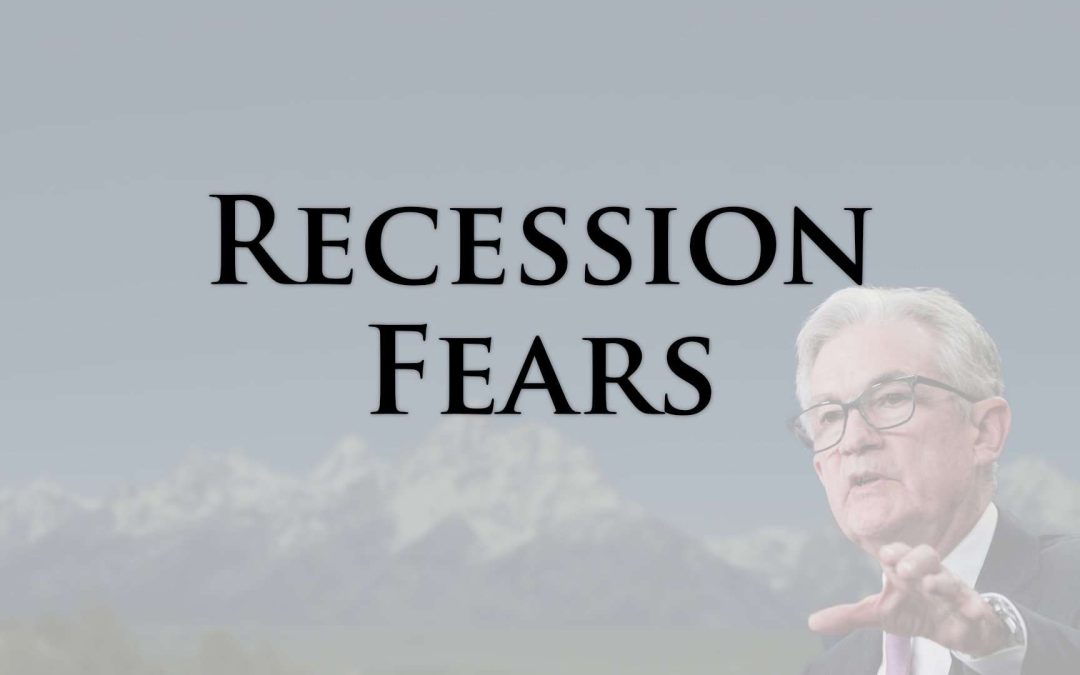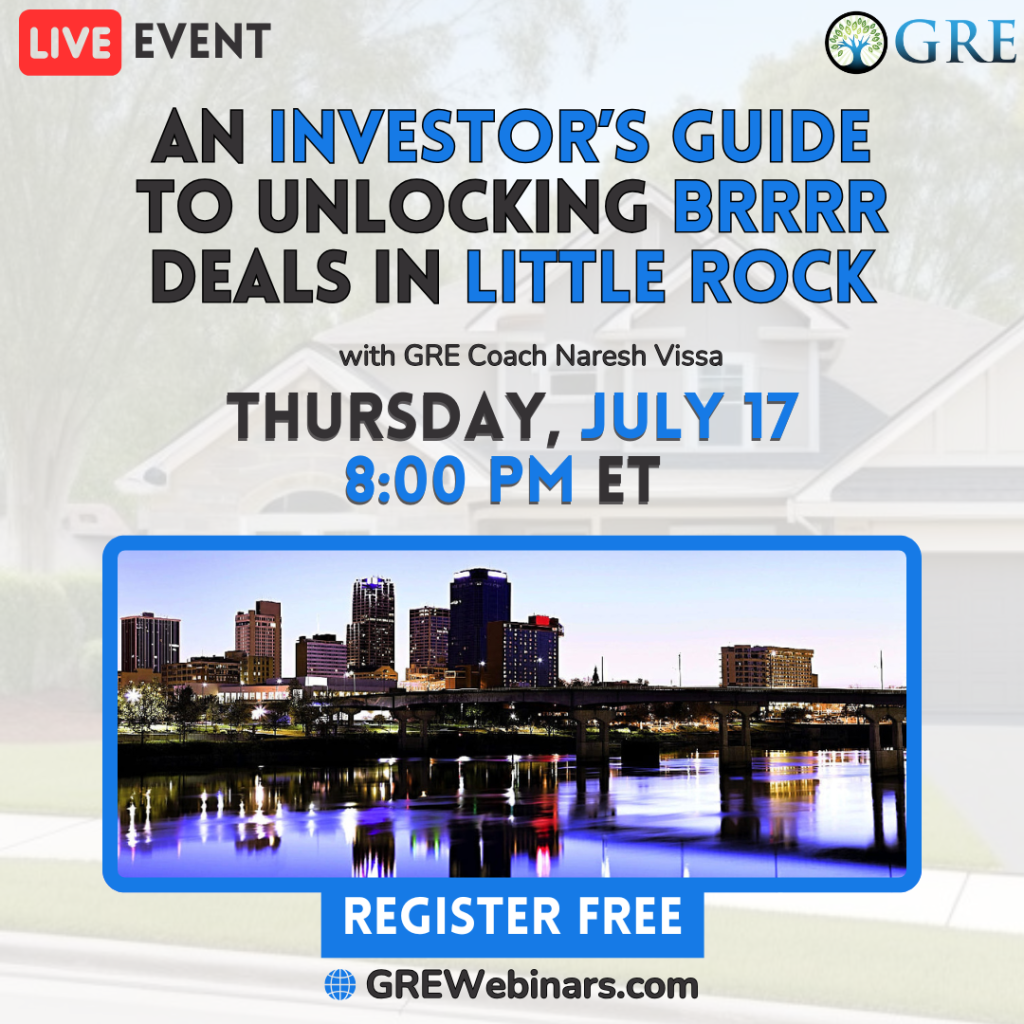Where is the economy and housing market headed?
The Jay hath spoken. Fed Chair Jerome Powell wasn’t exactly droppin’ comedic knee-slappers at his Jackson Hole speech.
Not since the Star Wars prequels have people felt this strongly that something needs to be changed.
The Fed wants to crush persistent inflation like Emperor Palpatine’s pursuit of Luke Skywalker.
We learned that they’re serious about restoring balance in the Force. That is, getting today’s 8.5% inflation back down to their 2% target. Powell called it “restoring price stability”.
It’s going to be a painful process.
Powell previously indicated that he does not want the legacy of Arthur Burns—a former Fed Chair that did not do enough to stomp out 1970s inflation.
It appears that he’d rather follow in the steps of Burns’ near-successor, Paul Volcker. He famously jacked rates up to near 20% in 1981. It killed inflation. Volcker is still lauded as a hero.
This is bad news for some. Recessions are often marked by lower employment and an austere consumer.
Most expect Powell to announce another 0.75% rate increase on September 21, 2022. But hey, there’s no need to tailgate the next Fed meeting. The NFL will be in full swing by then.
For a 3-minute explainer on what the Fed really is, I made this video for you.
I’ve got this real estate and money stuff handled. Just don’t ask me to explain the metaverse.
Are we in a recession?
Many think so.
Recession is shorthand for two straight quarters of contracting GDP. That’s already happened.
But with mixed economic signals, the NBER—who makes the official recession decision—hasn’t called it yet.
The U.S. continues to see strong job growth, which has deferred the recession call for some.
The next jobs report comes out September 2, 2022 (here). If it underwhelms, that increases recession prospects.
I believe that we’re either in a recession now or we’re on the brink of one.
Recessions are not unusual. They’re a normal part of the business cycle. They occur every five years, on average.
Where is the housing market headed?
Supply and demand are both down.
It would take a prolonged and severe recession for home prices to drop substantially.
Home prices are historically resilient through recessions. But price gains have largely stalled.
Homeowners have record equity gains from last year and low mortgage rates. They’re content to hold.
A wave of distressed sales is unlikely. Homeowners can afford their payments due to strict underwriting.
Many homeowners that want to take out a loan for remodeling projects must now grapple with higher interest rates on HELOCs.
Associated industries already in a downturn include: homebuilders, mortgage companies, real estate agent industries, and home furnishing companies.
Landlords are in great shape, especially in the single-family rental (SFR) space.
These higher mortgage rates are a single-family rental owner’s best friend. Priced-out wannabe first-time homebuyers keep rental SFR demand high.
CoreLogic’s Single-Family Rent Index shows scorching 13.4% annual rent gains.
Conclusion:
The boom times associated with cheap debt are done. A recession is likely. Home price gains have stalled. Rents are soaring.
In a recession, the best places to historically invest are necessities—housing, health care, food and energy.
Thought getting your money to work for you creates wealth? It doesn’t! That’s a myth. My one-hour investing video course is now 100% free: Real Estate Pays 5 Ways. For a limited time, you can learn how wealth is really created, here.




